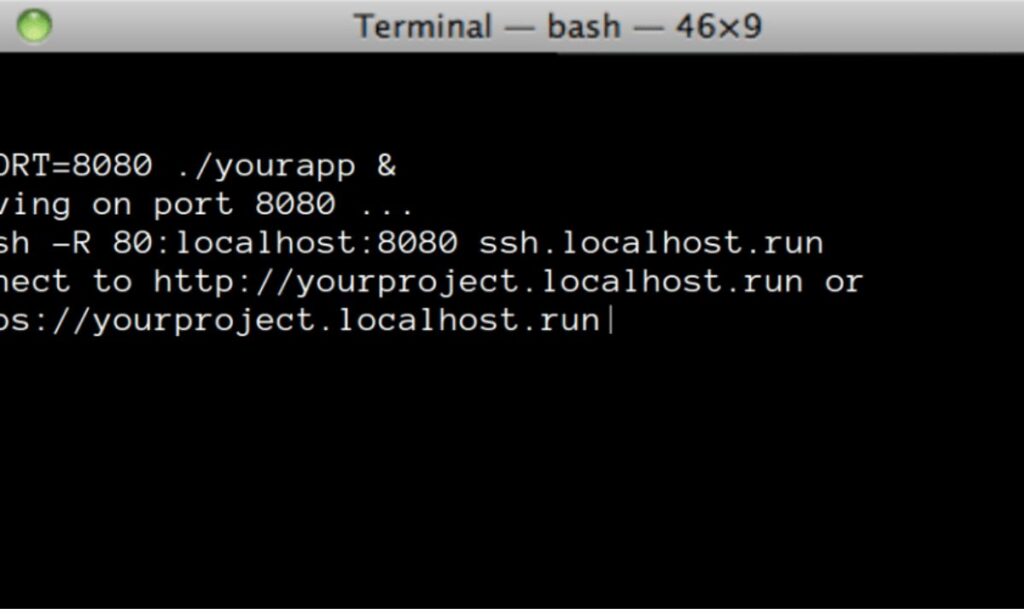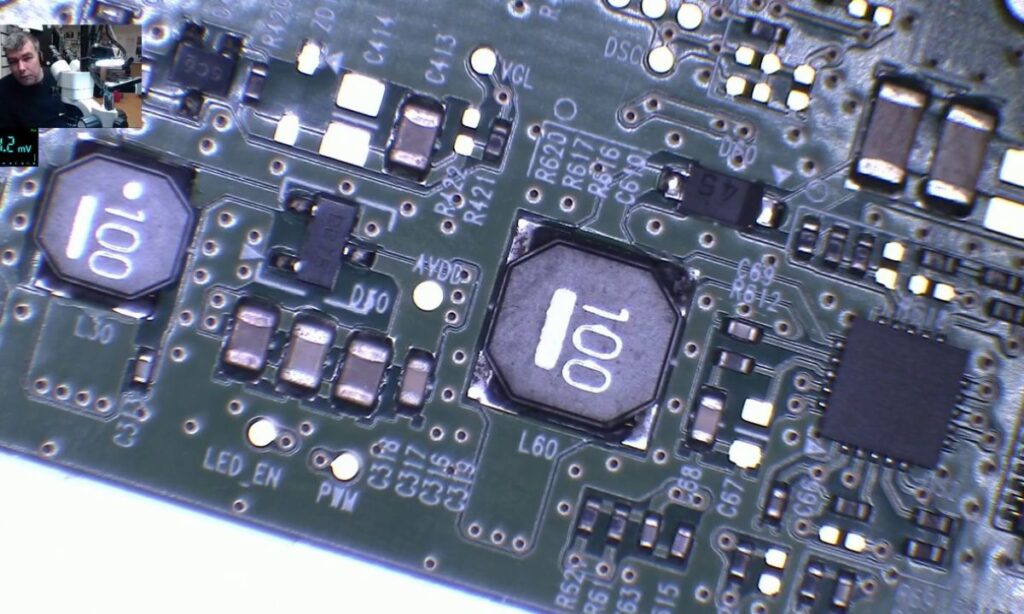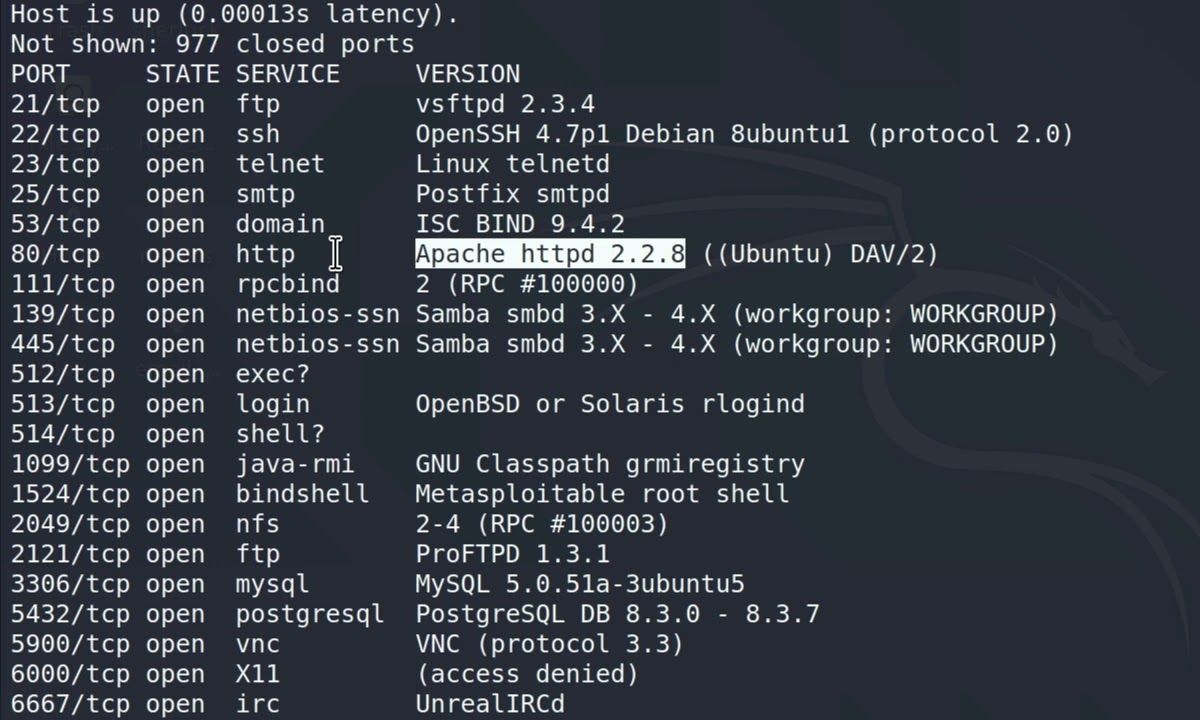127.0.0.1 is a special IP address. It refers to the local machine. This address is also known as localhost. Port 49342 is a high-numbered port.
It’s often used for temporary or dynamic connections. The combination 127.0.0.1:49342 indicates a local process. This process is listening on port 49342.
Localhost and Port 49342
Localhost is not accessible from external networks. It’s used for testing and development. Port 49342 is not a well-known port. It’s in the dynamic port range. This range spans from 49152 to 65535.
Applications can use these ports freely. They don’t need to register with IANA. IANA is the Internet Assigned Numbers Authority. Dynamic ports are often assigned automatically. This happens when a client connects to a server.

Security Implications
Open ports can pose security risks. This is true even for localhost addresses. 127.0.0.1:49342 might seem safe. However, it can still be vulnerable. Several factors contribute to potential security issues.
Unauthorized Access
Local processes can access 127.0.0.1:49342. This includes malware or compromised applications. An attacker with local access could exploit this port. They might intercept data or inject malicious content. Proper access controls are crucial. They help prevent unauthorized use of local ports.
Vulnerabilities and Exploits
Software listening on 127.0.0.1:49342 may have vulnerabilities. These could be buffer overflows or injection flaws. Attackers might exploit these to gain control. Regular patching and updates are essential. They help mitigate known vulnerabilities.
Network Configuration Errors
Misconfigurations can expose 127.0.0.1:49342 externally. This defeats the purpose of using localhost. It creates a significant security risk. Proper firewall rules and network segmentation are important. They help ensure localhost remains truly local.
Resource Management
Open ports consume system resources. Too many open ports can lead to performance issues. This includes memory leaks or CPU overuse. Efficient resource management is key. It helps maintain system stability and security.
Read This Blog: Know About Quadratic Equation: 4x ^ 2 – 5x – 12=0
Misconfigured Network Devices
Routers or firewalls might be set up incorrectly. They could inadvertently forward traffic to 127.0.0.1:49342. This exposes local services to the internet. Regular audits of network device configurations are crucial. They help identify and correct such misconfigurations.
Software Bugs
Applications using 127.0.0.1:49342 might have coding errors. These could lead to unexpected behavior. Bugs might cause data leaks or system crashes. Thorough testing and code reviews are important. They help catch and fix these issues early.
Human Error
Administrators or developers might make mistakes. They could accidentally expose services on 127.0.0.1:49342. Training and clear protocols are essential. They help minimize human errors in system configuration.
Malicious Attacks
Cybercriminals often scan for open ports. They might attempt to exploit 127.0.0.1:49342 if exposed. Constant monitoring and intrusion detection are necessary. They help identify and block potential attacks.
Advanced Troubleshooting Techniques

Identifying and resolving issues with 127.0.0.1:49342 requires skill. Advanced techniques can help pinpoint problems. These methods involve various tools and approaches.
Network Analysis:
- Use packet sniffers like Wireshark
- Monitor traffic patterns on 127.0.0.1:49342
- Look for unusual data flows or connections
- Analyze protocols used on this port
- Check for encrypted vs. unencrypted traffic
System Diagnostics
- Run process monitoring tools
- Identify which application is using 127.0.0.1:49342
- Check system logs for related events
- Use command-line tools like netstat or ss
- Monitor system resource usage related to the port
Security Audits
- Conduct regular vulnerability scans
- Focus on services using 127.0.0.1:49342
- Perform penetration testing on local services
- Review access controls and authentication methods
- Check for compliance with security policies
Forensic Analysis
- Investigate suspicious activities on 127.0.0.1:49342
- Use forensic tools to analyze system memory
- Examine file system for related artifacts
- Review historical network traffic data
- Look for signs of compromise or data exfiltration
Best Practices for Securing 127.0.0.1:49342

Implementing strong security measures is crucial. These practices help protect localhost services. They minimize risks associated with open ports.
Configuration and Management
Use the principle of least privilege. Only allow necessary access to 127.0.0.1:49342. Regularly review and update port configurations.
Remove unused or unnecessary services. Implement strong access controls for local processes. Use containerization to isolate services when possible.
Read This Blog: Get Complete Overview of 127.0.0.1:62893 and 127.0.0.1:49342 IP address
Monitoring and Authentication
Set up continuous monitoring for 127.0.0.1:49342. Use intrusion detection systems (IDS) for localhost traffic. Implement strong authentication for local services.
Use multi-factor authentication where applicable. Regularly audit access logs for suspicious activities.
Encryption and Isolation
Encrypt all data transmitted over 127.0.0.1:49342. Use TLS/SSL even for localhost communications. Implement network segmentation to isolate critical services. Use virtual local area networks (VLANs) for additional separation. Consider using a virtual private network (VPN) for remote access.
Addressing Network Configuration Errors
Regularly audit firewall rules and router configurations. Ensure 127.0.0.1:49342 is not exposed to external networks. Use network address translation (NAT) correctly. Implement proper DNS configurations to prevent external resolution. Regularly test network configurations for vulnerabilities.
Frequently Asked Qeustions
What is the significance of 127.0.0.1:49342?
127.0.0.1:49342 represents a local service listening on port 49342. It’s used for internal processes and is not typically accessible from outside the machine.
Can 127.0.0.1:49342 be accessed remotely?
Normally, it cannot be accessed remotely. However, misconfigurations or vulnerabilities could potentially expose it to external access.
How can I check what’s using 127.0.0.1:49342?
Use command-line tools like ‘netstat’ or ‘ss’ on Linux/Unix systems, or ‘netstat’ on Windows to identify the process using this port.
Is it safe to leave 127.0.0.1:49342 open?
While generally safer than external ports, it’s best to close any unnecessary open ports, including on localhost, to minimize potential security risks.
How often should I audit 127.0.0.1:49342?
Regular audits are recommended, ideally as part of a comprehensive security review process conducted at least quarterly or after significant system changes.
Conclusion
Understanding the security implications of 127.0.0.1:49342 is crucial. This local address and port combination seems innocuous. It can pose significant risks if not properly managed. Cybersecurity threats evolve constantly. They can exploit even seemingly safe local services.
Implementing best practices is essential. This includes regular audits, strong access controls, and proper configurations. Monitoring and analyzing localhost traffic is equally important. It helps detect and prevent potential security breaches.

Amelia is a skilled SEO expert with a strong focus on content writing, keyword research, and web development. With a dedication to delivering results, she helps businesses optimize their online presence and drive organic growth.
Her expertise ensures that clients stay ahead in the ever-evolving digital landscape












